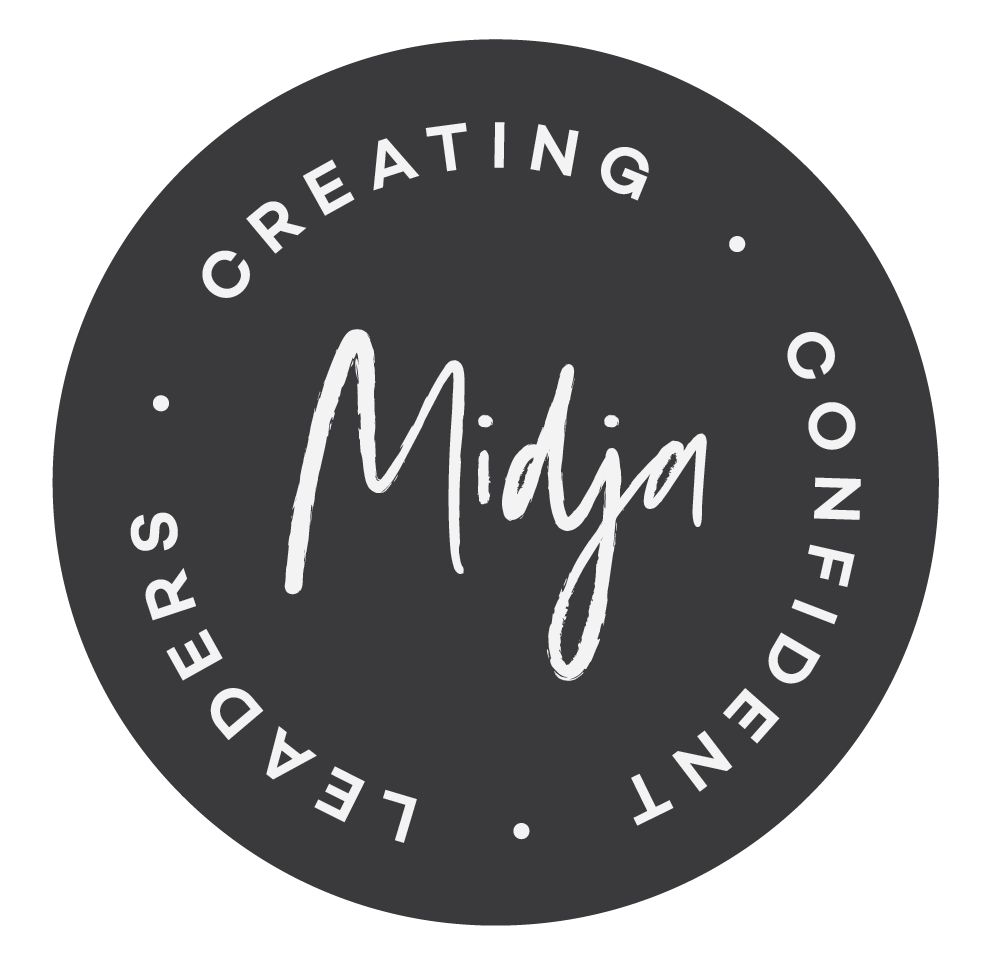Why Your Communication Needs to be Mocked
When I talk to people about the greatest challenge in their organisation, something that is always mentioned is communication. Then when I report back to leaders about this perception that their people have of a lack of communication, they shake their head and respond that they’re not sure what more they can do.
As a leader, it’s easy to assume that if you say something once, twice, even three times, your people will remember it and act on it. This assumption can get you into trouble. If you have children, you’ll understand what I mean. I often find myself saying, “How many times do I have to tell you to (insert instructions here).”
I was once given the advice by a well-respected mentor that, as a leader, I should communicate my message until people start to mock me.
In other words, until they start to laugh, roll their eyes like they know what’s going to come out of my mouth next and say things like, “Oh well, here she goes again.”
You see, it’s only at the point, where your people start to mock you, that you know they’ve taken your message on board. Your message has permeated into the culture of your team and it’s now part of the common language. You can then take a step back and decrease the frequency of your communication because your people will start to act on these messages. They will be your message ambassadors, with your messages front of mind, influencing their decisions and actions every day.
When I was leading a team of facilitators, there were a few key messages or principles that were important to me. One of these messages was ‘don’t ask the participants to do something you’re not prepared to do first as the facilitator.’ (wise words from another mentor of mine - thank you)
When we were preparing a course and writing the curriculum, I would start to say, ‘now, we must remember that we don’t ask the participants……’ and before I could finish the sentence the team would finish it for me. ‘Mocking me’ as it were.
Now as a leader, you might shy away from repeating your message because you feel you’re nagging people. Let’s face it, no one wants to be labelled a nag. But without repeating your message, it won’t stick. What you must do is get creative with how you deliver your message. How can you deliver your message multiple times through different media to get it across? Think about what you can do in face-to- face communications, through emails, the intranet, in meetings and the stories you tell.
So, how much is enough? Advertising research indicates that people show a preference for an idea or message if they are familiar with it. This is called the Mere-Exposure Effect and is a term coined by psychologist Robert Zajonc. It means that repeating a message more than once leads to familiarity with that message, which then leads to a preference for it.
Studies have shown that mere exposure reaches its maximum impact between 10 and 20 exposures.*
Steps you can take for effective communication and creating messages that stick:
Determine your big messages. For example, your vision statement, your mission, values, key client behaviours, a team charter, sayings and quotes that epitomise your key beliefs.
Be pro-active and strategic with your communication. Create and implement a communication plan.
Weave your messages into storytelling. Explain the why behind your messages.
Get in front of your people. Convey your messages in everyday conversations.
Look for opportunities to put your messages in written communication. For example, your employee handbook, emails, intranet and training documents.
And just when you think they’ve got it, say it again!
Of all the leadership responsibilities, communication is the most powerful and enduring – especially in times of challenge and disruption. If you can get it right, you’ll connect with and inspire your people to go above and beyond.
Champagne and Sunshine,
Midja x
*Relojo, D. “How Do Companies Use the Mere-Exposure Effect to Attract Customers?” Psychreg, 28th December, 2017. https://www.psychreg.org/mere-exposure-effect/.
